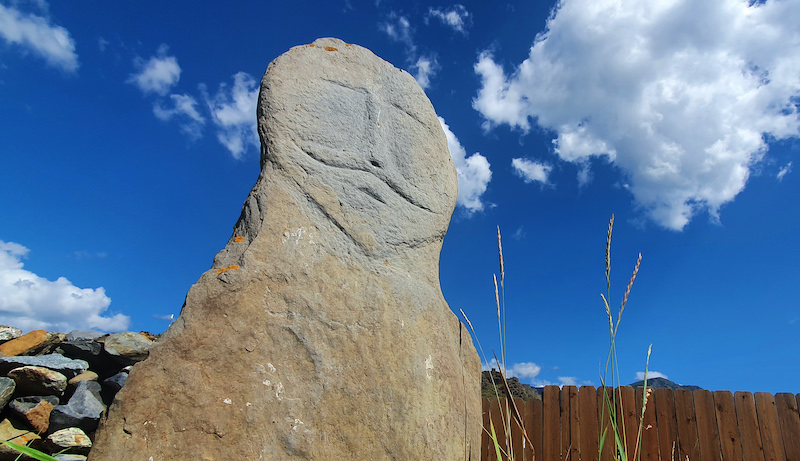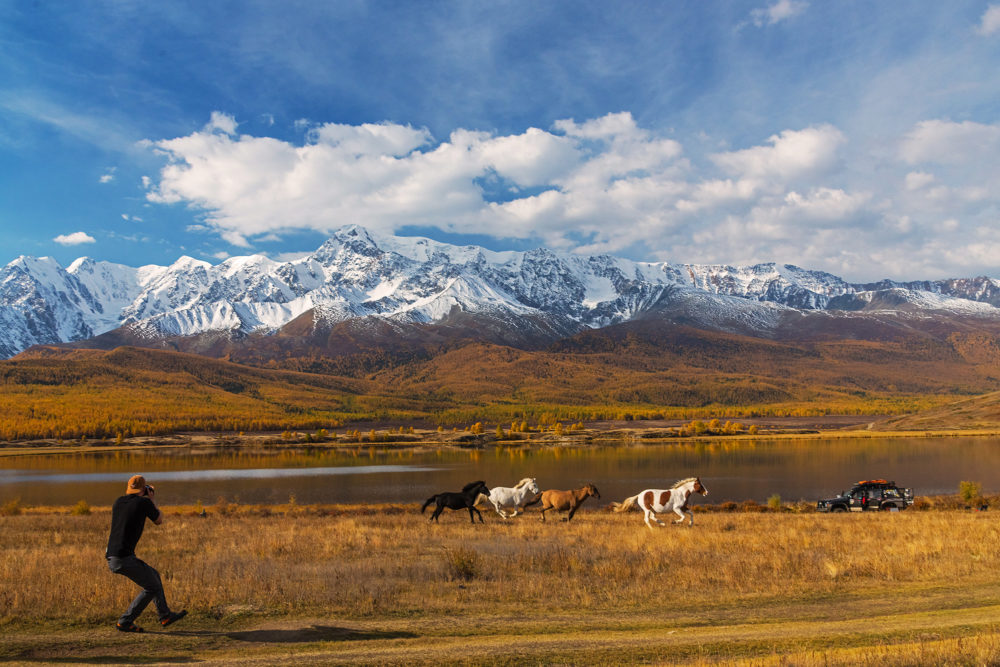From January 1st , 2021, citizens of 52 foreign states, including Italy, will be able to enter Russia with an electronic visa.
The tourist visa will be valid for 60 days for a maximum stay of 16 days, both for pleasure and business travel
The simplified procedure is reported (in English) on the website of the Federal Tourist Agency of Russia.
First of all it is necessary to fill in the application form (link) by uploading the digital copy of the passport (with residual validity of 6 months from the date of return and to have 2 free pages for the entry / exit stamps at customs) and a passport photo in digital format, as well as the payment of a fee of USD 40 (children up to 6 years free)
After that, the e-visa will be issued within 4 days, which must be printed and shown at check-in and at the customs office together with the passport.
(currently, for issues related to the restrictions due to Covid-19, the issuance of the electronic visa is suspended, ed.)
According to the site, the Invitation Letter will no longer be required and will be valid throughout the territory of Russia, thus extending in fact when it already happened for Italian citizens for the territories of St. Petersburg and Kaliningrad.



